
Smarter email, faster business.
Trending
GE Aerospace’s GE9X Engine Successfully Test-Fired
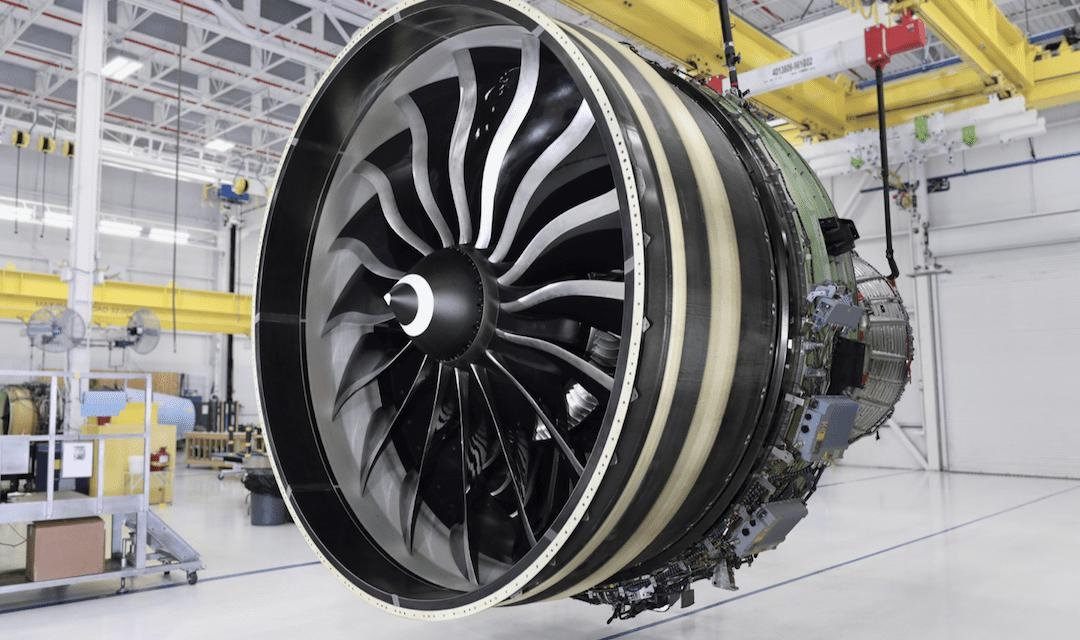
GE Aerospace’s GE9X Engine Successfully Test-Fired
GE Aerospace has achieved a significant milestone with the successful test-firing of its GE9X engine, a high-bypass turbofan designed to power the Boeing 777X family starting next year. Delivering an unprecedented 134,000 pounds of thrust, the GE9X stands as the most powerful commercial jet engine ever constructed. This achievement is central to GE’s strategy to sustain its competitive position within the commercial aviation sector.
Following extensive testing phases, GE is investing heavily in its maintenance, repair, and overhaul (MRO) infrastructure to support the new engine. This strategic focus on aftersales service and technological innovation comes amid intensifying competition from rival manufacturers such as CFM International, which poses a potential threat to GE’s market share. By enhancing its support capabilities, GE aims to retain existing airline customers and attract new ones in a rapidly evolving market.
Market response to the GE9X has been notably positive. Qatar Airways recently reported a 28% increase in profits and has placed a substantial order for GE engines, reflecting strong confidence in the new technology. Similarly, Ethiopian Airlines has reaffirmed its commitment to GE’s products, while Russia’s United Engine is piloting a new IT system designed to improve aftersales support. These developments underscore the critical role of customer service and technological advancement in the increasingly competitive engine manufacturing landscape.
The successful test-firing of the GE9X not only reinforces GE Aerospace’s leadership in the wide-body aircraft market but also lays the groundwork for future innovations in narrow-body commercial aircraft engines. As the aviation industry continues to evolve, GE’s emphasis on innovation and comprehensive customer support will be pivotal in maintaining its market leadership.
Broader Industrial Innovations and Investments
In related industry developments, General Motors and LG Energy Solution have announced a collaboration to develop lithium manganese-rich prismatic batteries aimed at future electric trucks and SUVs. This partnership seeks to extend vehicle range beyond 400 miles while reducing costs by minimizing reliance on rare materials, with commercial production in the United States targeted for 2028.
Meanwhile, the U.S. Marine Corps Warfighting Lab has invested $10 million in Regent Craft to develop all-electric Viceroy seagliders intended for defense and logistical operations. These innovative craft, capable of flying in ground effect over water, offer quiet and low-signature transport options suited to military applications.
Domestic manufacturing is also experiencing renewed investment, with Carrier committing an additional $1 billion to its U.S. operations over the next five years. This investment includes the construction of a new plant for battery assembly and heat pump components, facility expansions, and the creation of approximately 4,000 jobs.
In the field of robotics, researchers have introduced an inflatable, vine-like robot equipped with cameras and sensors for mapping purposes. The Soft Pathfinding Robotic Observation Unit can extend up to 10 feet, navigate confined spaces, and assist first responders during disaster response by separating debris and providing critical situational awareness.
Collectively, these advancements across aerospace, automotive, defense, and robotics highlight the dynamic innovation and competitive forces shaping today’s industrial landscape.

Yingling Aviation Named Authorized Honeywell Dealer
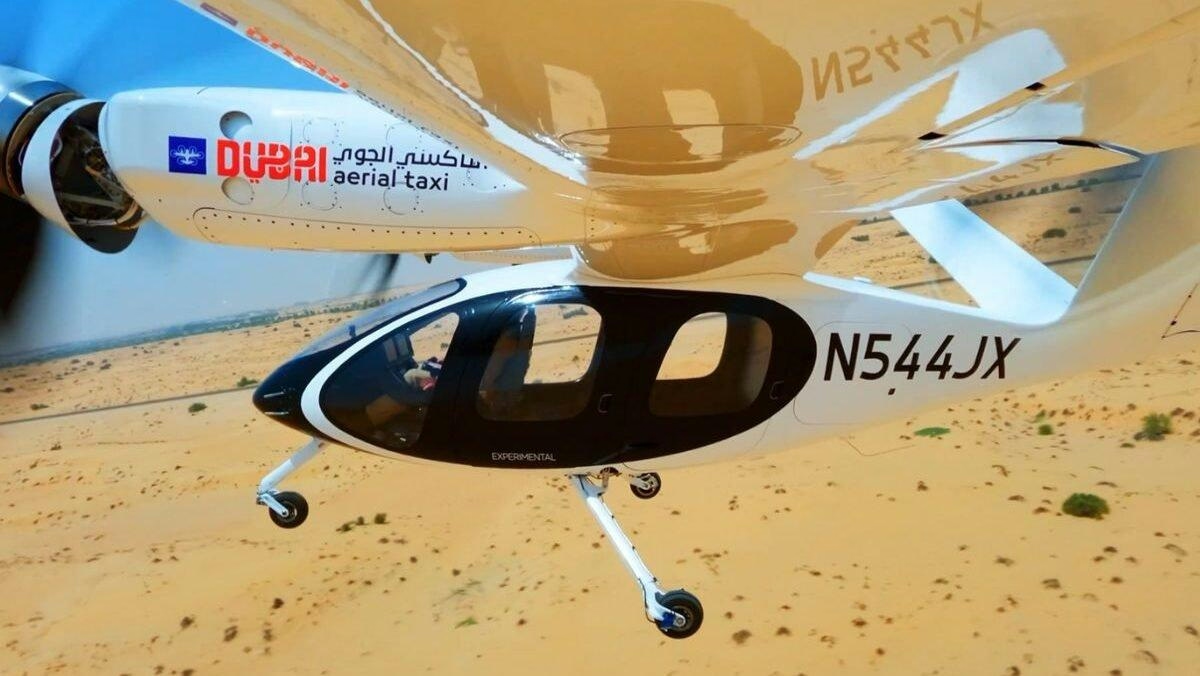
Does Joby Aviation's Milestone in Dubai Point Toward Further Growth?
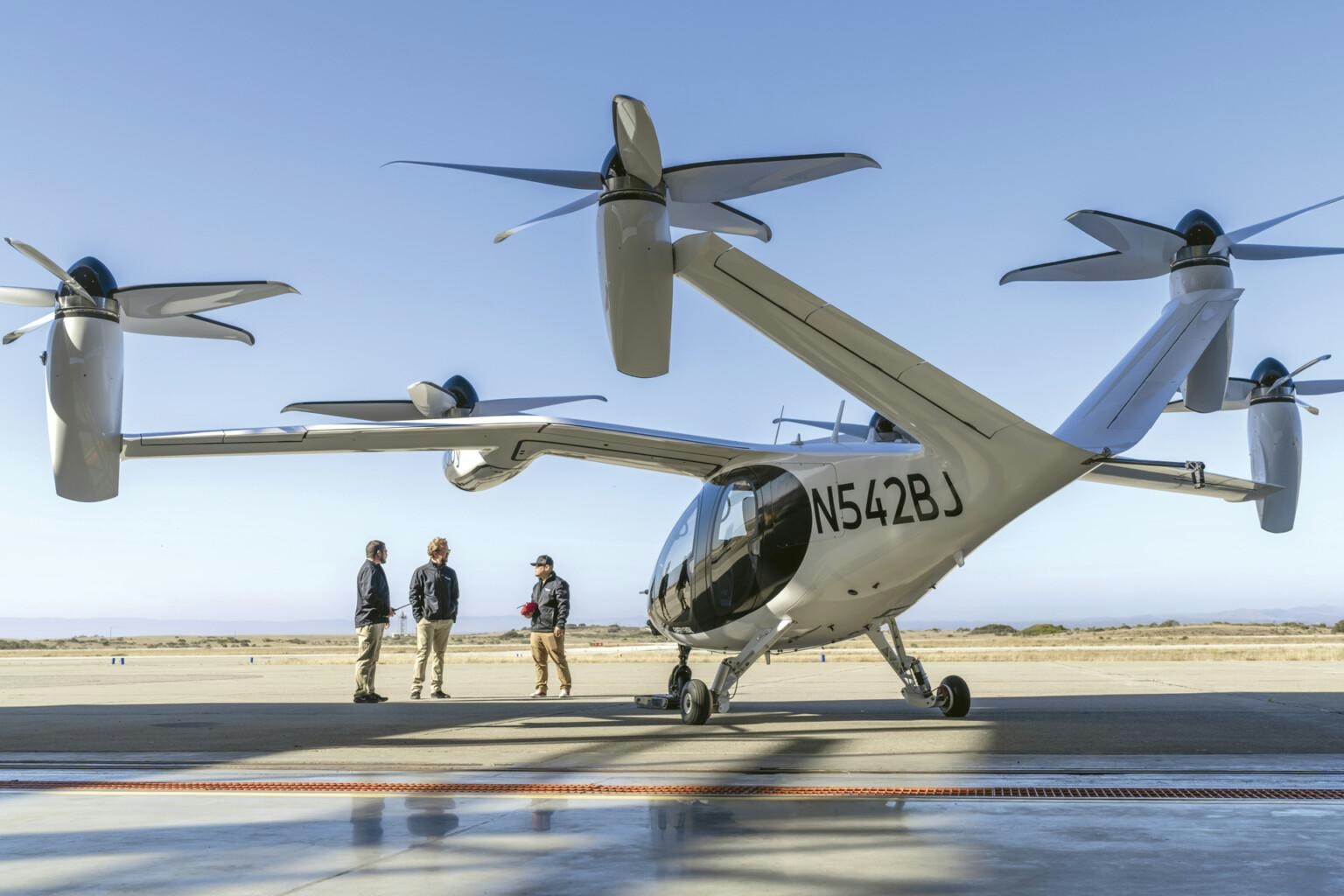
New Invention Promises to Eliminate Airplane Emissions in Country
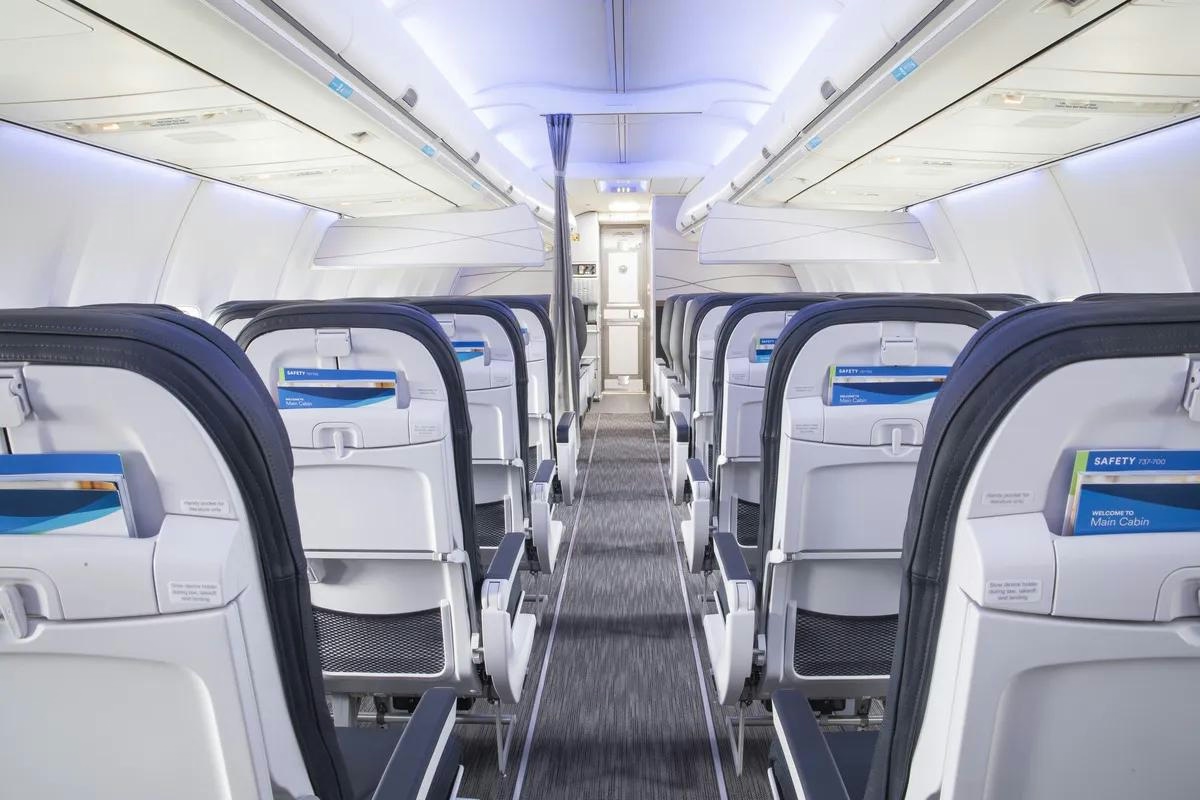
Key Questions on Chinese Travel, AI, and Airlines Answered by Skift
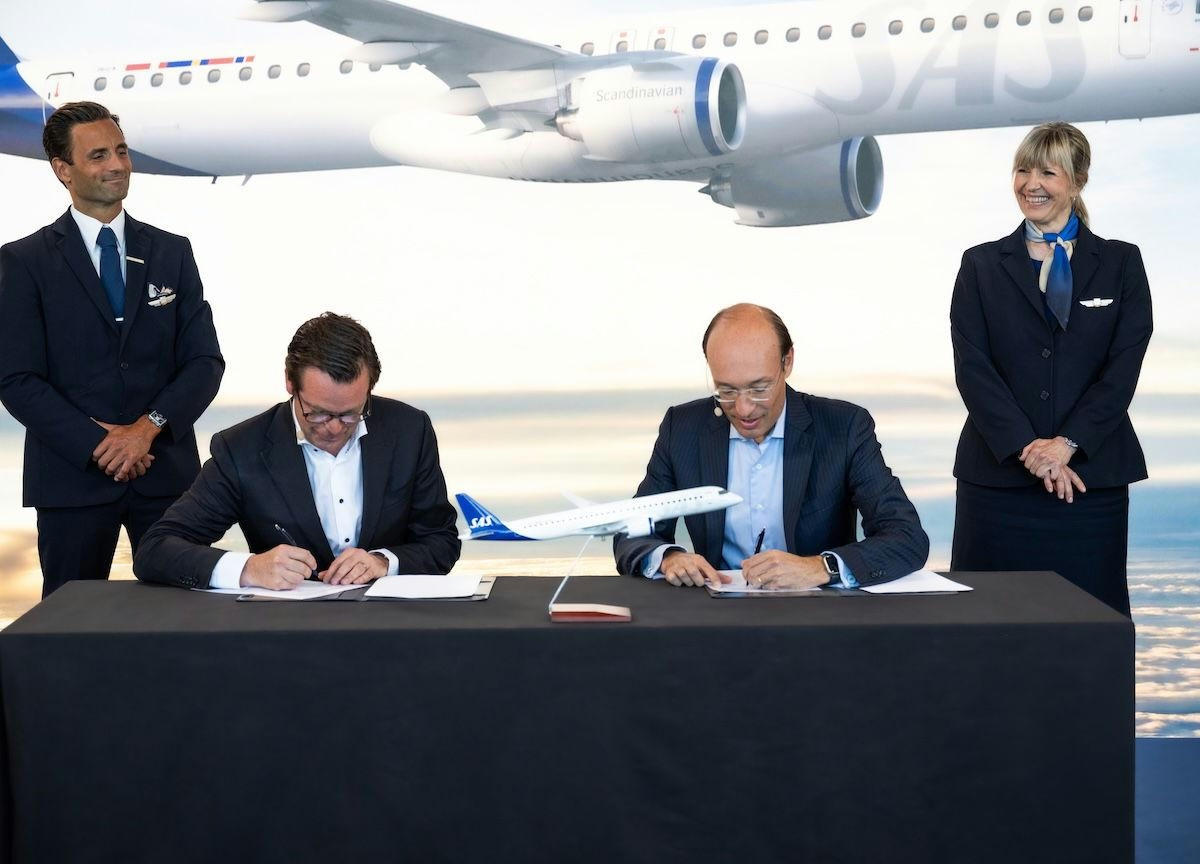
SAS Orders Up to 55 Embraer E195-E2 Jets
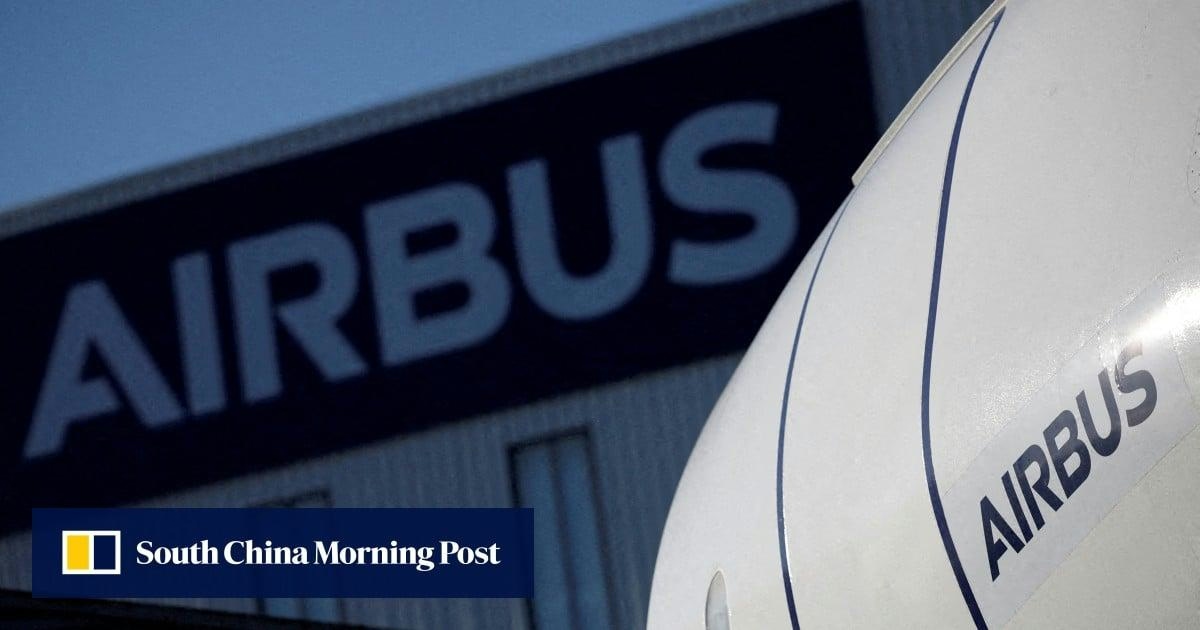
China edges closer to Airbus mega-deal, leaving Boeing out in the cold: analysts
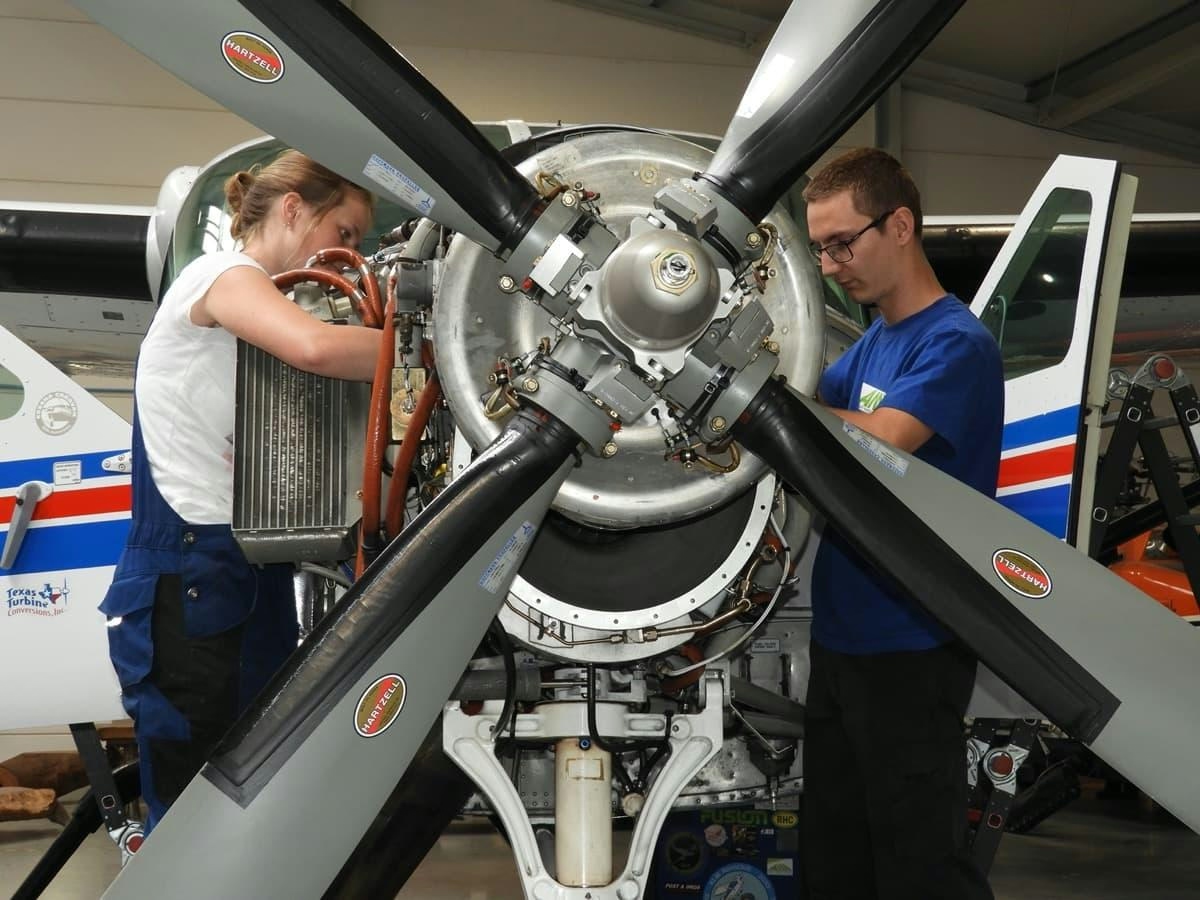
Rano Air Collaborates with Aviation Authorities to Investigate In-Flight Engine Malfunction

Portugal Hosts Aviation Pioneers at World Aviation Festival in Lisbon

World Star Aviation Backs XMAL’s First Lease Deal with easyJet
